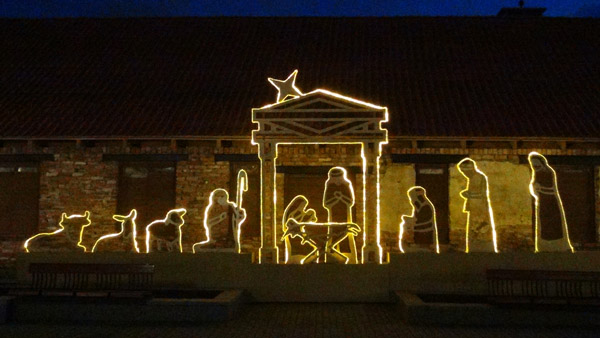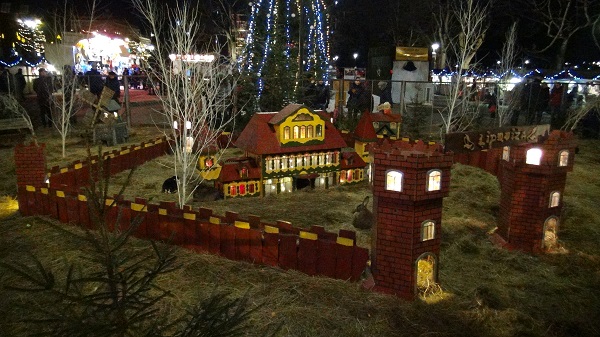Christian holidays are the ones that have the most traditions and are celebrated the most eagerly in Latvia.
The pinnacle of the year is Christmas (December 24th-26th). Christmas trees that are decorated in town centers and people’s homes are the most well known tradition of Christmas worldwide. It has originated in Latvia where it evolved from an older tradition of burning a tree. Other traditions are Santa Claus who supposedly brings presents to children, often placing them under the Christmas tree.
Christmas is called in Latvia by a more secular name Ziemassvētki (literally: “Winter holiday”) but its Christian nature is undisputed, despite of new traditions. Symbolic nativity scenes of Jesus Christ birth are erected in town centers next to the Christmas trees.

Easter (commemorating the death and resurrection of Jesus Christ) is even more important than Christmas for the religious, but it has less secular meaning. Secular traditions involving Easter eggs are common. However, it too has many traditions.

Latvia is a multidenominational Christian country, and two out of four largest denominations (Russian Orthodox and Old Believers, over 20% of population) follow a Julian calendar, celebrating Christmas and sometimes also Easter at different dates. That “Eastern Christmas” is celebrated on January 6th-8th and involves many Russian tourists arriving as these days are public holidays in Russia but not Latvia.
During the Soviet occupation, the celebration of Christian festivals was persecuted in Latvia. Soviets attempted to transpose some Christmas traditions onto New Year Day (e.g. Christmas tree would have become a New Year tree).

